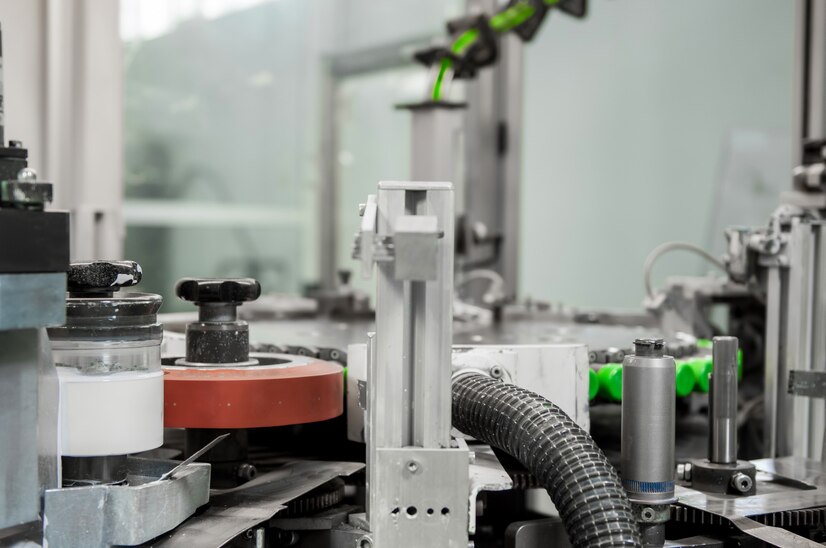Injection molding reigns supreme in the realm of plastic part production. It’s a versatile and efficient process responsible for creating countless everyday items, from intricate medical devices to the humble bottle cap. But like any manufacturing technique, injection molding has its own set of advantages and disadvantages. Understanding both sides of the coin is crucial for determining if it’s the right fit for your project.
The Advantages Of Injection Molding
Injection molding China excels at churning out large volumes of identical parts quickly and efficiently. The automation of the process, coupled with short cycle times (the time it takes to complete a single molding cycle), allows for mass production at a rapid pace. This makes it ideal for applications requiring millions of identical parts, such as bottle caps or electronic components.
Design Flexibility:
Molds can be designed to create complex shapes with intricate details. Unlike some subtractive manufacturing methods like CNC machining, injection molding isn’t limited by tool geometry. With careful design considerations, features like undercuts, internal ribs, and even threads can be incorporated into the molded parts. This design freedom opens doors for innovative and functional part creation.
Tight Tolerances:
Injection molding of China die casting allows for precise control over part dimensions, resulting in consistent and high-quality products. The use of robust molds and precisely controlled parameters ensures that each molded part adheres to tight tolerances. This is crucial for applications where parts need to fit together seamlessly or function with high accuracy, such as medical devices or automotive components.
Material Versatility:
A wide range of thermoplastics and thermosets can be used in injection molding. The choice of material depends on the desired properties of the finished part, such as strength, heat resistance, or chemical compatibility. This material versatility allows for tailoring the parts to meet the specific needs of the application.
Cost-Effectiveness (for High Volume):
While the initial investment in mold development and creation can be high, for high-volume production runs, injection molding becomes a cost-effective solution. The efficiency of the process, minimal material waste, and ability to produce consistent parts all contribute to lower per-unit costs.
Repeatability and Consistency:
Once a mold is designed and optimized, injection molding allows for the continuous production of identical parts. This consistency is vital for applications where parts need to function flawlessly across large quantities.
The Other Side of the Coin: Challenges and Limitations of Injection Molding
Developing and manufacturing molds can be expensive. The cost is influenced by the part complexity, mold size, and the materials used. This upfront investment can be a significant barrier to low-volume production runs.
Long Lead Times:
Mold design and creation can be time-consuming, especially for complex parts. This can delay the production timeline compared to some rapid prototyping techniques.
Material Limitations:
While offering material versatility, injection molding isn’t suitable for all materials. Some materials may degrade at high temperatures or require specialized molding techniques. Additionally, some materials might not be cost-effective for high-volume production.
Part Design Constraints:
Although offering design flexibility, there are limitations due to mold design considerations and material flow properties. Sharp corners, undercuts, and excessively thin walls can pose challenges during molding and ejection.
Surface Finish Limitations:
The surface finish of the molded part is largely determined by the mold surface finish. Achieving a high-gloss finish might require additional post-processing or using a polished mold surface, which can increase costs.
Secondary Operations:
In some cases, additional processes like trimming excess plastic from the sprue and runners or surface finishing might be required after the molding cycle. This adds to the overall production time and cost.
The Final Verdict: Choosing the Right Tool for the Job
Injection molding is a powerful tool for creating precise and functional plastic parts in high volumes. However, it’s not a one-size-fits-all solution. Carefully consider the advantages and disadvantages in relation to your specific project requirements. Here are some factors to ponder:
Production Volume: For high-volume production runs, the cost benefits of injection molding outweigh the initial investment.
Part Complexity: The complexity of the desired part geometry will influence the mold design and potential limitations.
Material Choice: Ensure the chosen material is compatible with injection molding and offers the properties required for the application.
Lead Time Constraints: If a rapid turnaround time is crucial, alternative techniques like 3D printing might be a better choice.
Budget: Injection molding requires a significant upfront investment for mold development. Evaluate if this cost aligns with your project budget.
By carefully weighing the pros and cons and considering your specific needs, you can determine if injection
Read Also:
- Is Temu Legit? Read Here!
- Now.Gg Roblox – How To Play Roblox Online Free?
- Sentimental Souvenirs: How To Choose Meaningful Mementos For Seniors In Korea And Singapore

